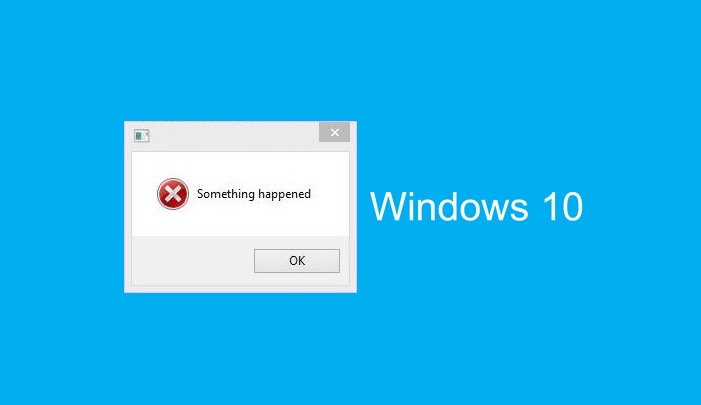It’s fun to look back once in a while. For all the stuff we now take for granted like Google, Wi-Fi, and mobile phones, you end up wondering how we ever got through life back in the day. Simple really, we just walk all the seven miles to school in the snow. We had to visit the library to borrow books for research and look for them using that card-catalog-thing. In twenty years, we’ll be laughing ourselves silly about how short our phone’s battery life was, why we couldn’t get any signals in the middle of the Nevada desert and why we ever called those flaming two-wheeled abominations hoverboards.
Ahh memories. But there are many industries that depend on people looking back. The antique business for one thing. Old stuff like furniture, celebrity memorabilia, old signs, old toys like The Transformers, decades-old cars and appliances that still work until today. Heck, we look back at technology from time to time in magazines and websites and remember fondly how ear-splitting our printers were and how we ever managed to work with 640KB of RAM. When you think about it, why are current systems crawling to display a Word document despite having 4GB of RAM?
Many miss the days when stuff just worked. Many gamers around 30 to 40 or even younger appreciate the time when console games had no loading times. When playing games didn’t require rocket science or a fast internet connection. So older games and consoles have a market. Playing on nostalgia, there’s this company that housed a modern computer inside Commodore 64 cases with the ability to run Commodore 64 software. Old console games and cartridges are being revived by products such as the Retron 5 which plays Famicom, NES, SNES, Sega Genesis and Game Boy cartridges.
Yes. Older games are often more engaging than some new ones. Many console games today are often image-fest re-hashes of the same old thing, sometimes with long loading times, membership requirements, required downloadable content and bug patches before you can sit down and play. At the end of the day, no one can argue how beautiful new games are after getting past all the aforementioned hurdles. Looking back at old stuff doesn’t only involve a sense of nostalgia but of frustration with new technologies. How older stuff seemed easier to use, that they simply worked and that they can stand the test of time. Yeah. They no longer make ‘em like they used to.
In the midst of Microsoft forcing Windows 10 down everyone’s throats, a lot of people hang on to their old tech like that story of a guy who still runs his business using an Apple ][ (not a typo); like my lawyer who still uses WordStar 4 running on DOS 3.0; like how that airport in France uses an air traffic control system running on Windows 3.1; that the US Navy is paying Microsoft to continue supporting Windows XP for some of its systems; that the Timekeeping System of the US Veteran’s Affairs is over fifty years old and lastly, the clincher, that the Defense Department still uses computers that use 8-inch floppy disks for control of its nuclear arsenal! Because according to them, they still work and it’s doubtful that they’re susceptible to today’s malware. On the bright side, when the time comes to nuke somebody, the system wouldn’t be stalling because it’s downloading critical updates. North Korea, Iran, China and Russia must be scrambling for forty-something hackers after that report came out. Would they like to play a game?
There’s really nothing wrong with using old tech that works. Sometimes, those old workhorse workstations can grow on people. When they somehow lose their operating system installers, Linux distros and Windows clones like Mint and ReactOS can save the day. Some people just love beige. On the practical side, if you can still write a thesis and create spreadsheets using old tech, then by all means. They can still be used in business with files transmitted via sneakers and they’ll stay secure as long as no one goes online. No spying and privacy issues there too.
New tech can sometimes be frustrating, and it’s sometimes worth looking back to see what went wrong, what worked and how we can bring some of that back. A classic example is Microsoft’s continuing struggle with the perfect Start Menu. It’s like that joke about how the Russians solved that million-dollar floating ink writing problem on the space station. They used a pencil.


